Native Son: June 2015
by Steven Chamblee
Paradise Re-visited
Twenty years ago, life presented me with the opportunity to be a part of the Longwood Graduate Program, an educational collaboration between the University of Delaware and world-renowned Longwood Gardens. I took a chance, dove in head first, and emerged two years later an enlightened being.
Twenty years later, life presented me with the opportunity to visit Longwood again, but only for a single day. Of course I took it. I also took 934 photos to share with you. Enlightened enough to know that the Sperry staff would kill me if I tried to share the whole venture, I decided to go with an edited version of my visit. So, with a nod and a wink to David Letterman, I have decided to go with…
The Top Ten Things at Longwood Gardens That Made Me Smile
1. The tulip poplars in bloom. Native to the eastern U.S., tulip poplar (Liriodendron tulipifera) can grow to 150 feet tall.
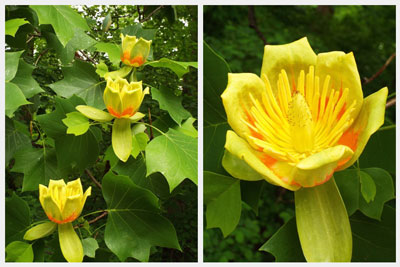
Photos courtesy of Steven Chamblee.
2. Cedar of Lebanon cones. One of only four true cedar species in the world (Texas “cedars” are actually junipers), Cedrus libani bears cones that grow to about 4 inches long and do not drop from the tree. They have four distinct stages, all visible in the photo … blue during development, a resin-sealed “egg,” open scales to disperse seed, and scale-by-scale disintegration.

3. Jaboticaba fruit. Native to Brazil and Bolivia, jaboticaba has tasty edible fruits that grow right off the trunk, a trait known botanically as “cauliflorous,” hence the scientific name, Plinia cauliflora. Here in Texas, we also have a tree with caulifloristic tendencies … the redbud! (Thanks to John Langevin for pointing that out to me.)
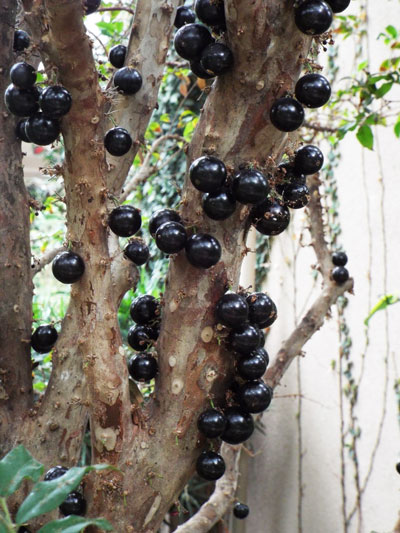
4. The rarest cycad. Extinct in the wild, Wood’s cycad (Encephalartos woodii) is known only from a single male plant discovered in South Africa in 1895. A few specimens have been vegetatively propagated (all males, of course) and are located at premier botanical institutions.
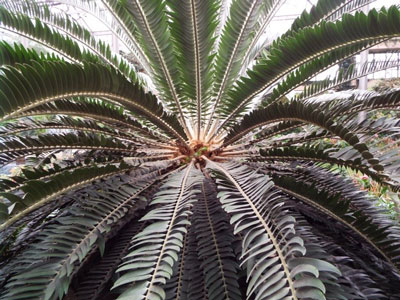
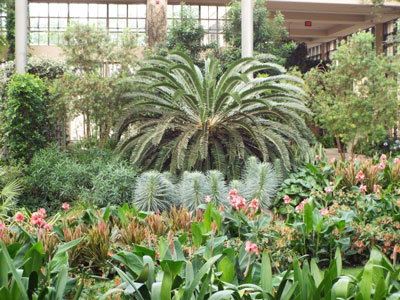
5. The Copper Beech Allee. Grand beyond belief, the double row of purple European beech trees (Fagus sylvanica f. purpurea) dates from 1951, when Pierre du Pont acquired large specimens for the garden.
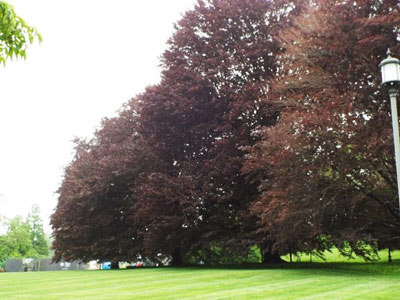
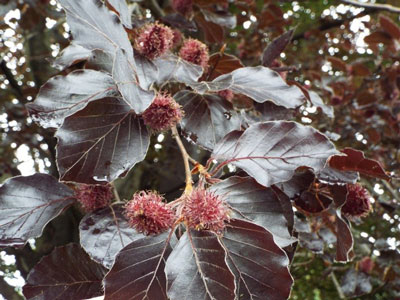
6. The pitcher plants. These hollow, liquid-filled, insect-catching/digesting structures of tropical Nepenthes plants always inspire lively conversation among garden guests. Not flowers or fruit, they are actually modified leaves.
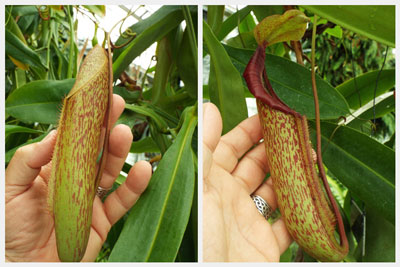
7. Princess vine curtain. Dangling from a structural beam, the “aerial roots” (technically tendrils) of this Cissus sicyoides are intriguing.

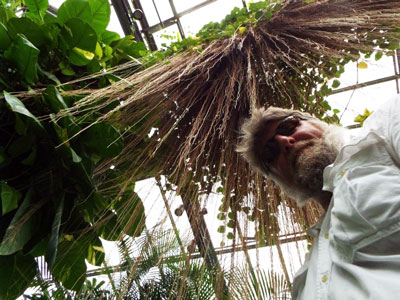
8. Chinese hibiscus blooms. Inside the Rose House conservatory, exotic specimens of Hibiscus rosa-sinensis enchant the eyes and ensnare the spirit.
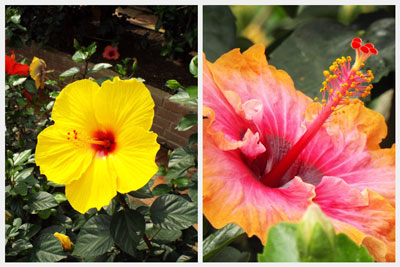
9. The Italian Water Garden, with its ever-changing fountains, always makes me forget about time and the workaday world.

10. My favorite tree at Longwood Gardens. This cucumber magnolia (Magnolia acuminata) is part of the original arboretum planted by the Pierce brothers, beginning in 1798. I have a special bond with this tree. I hugged her with joy when I first saw her and celebrated with her when I was accepted into the Longwood Graduate Program. I have sat against her trunk and dreamed, leaned against her while talking to myself out loud, and cried tears of sadness and frustration into her bark during difficult times.

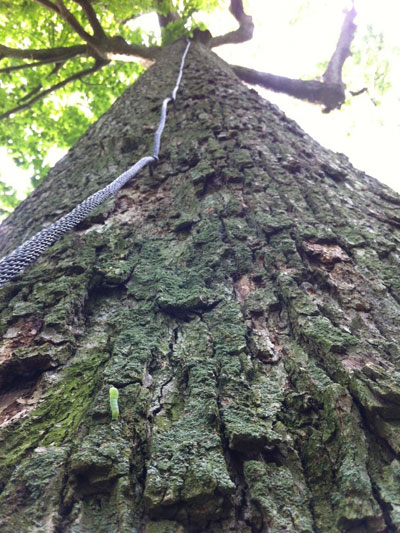
During this visit, I was hugging and speaking to her when I noticed a tiny green inchworm industriously climbing her trunk (lower left in photo). Ignoring the staggering 70 vertical feet between him and the lowest branch, this wee worm crept onward … resolute he was, on a mission. Magnolia and I shared a good laugh about how cute he was to think he could actually make it in spite of the distance, the obstacles, the overwhelming odds … then she told me how that determined little inchworm reminded her of me.
Funny how a tree can make me cry.
Spring won’t last forever! Come on out to Chandor Gardens and see Mother Nature’s floral finery. Go to www.chandorgardens.com for details. Just take I-20 west to exit 409, hang a right, go 2.1 miles and hang a left on Lee Avenue. Head straight 12 blocks and you’re driving in the gates. Call 817-361-1700 for more information.
I can always use another road trip! Let me know if you’d like me to come out and speak to your group sometime. I’m low-maintenance, flexible, and you know I like to go just about anywhere. No city too big; no town too small. Just send me an e-mail at stevenchamblee@yahoo.com and we’ll work something out.

